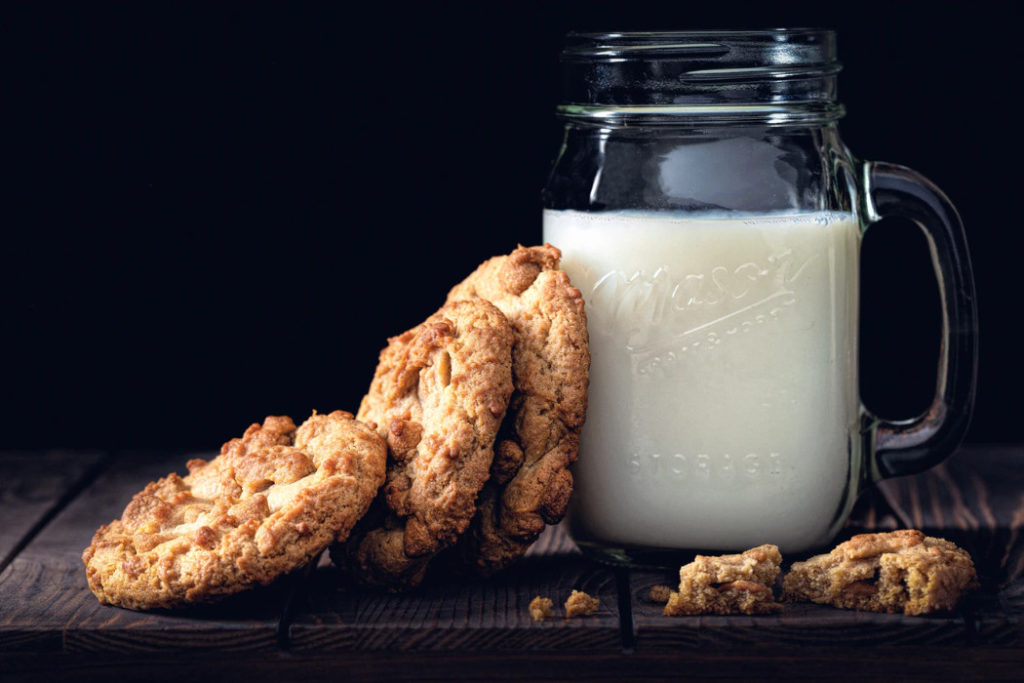Glycemic Load is the amount of carbohydrate present in a food, along with the rapidity with which it increases the blood glucose levels. An easy way to make healthier diet choices is following the Glycemic Index. It efficiently compares alternative sources of nutrients according to blood glucose levels. Glucose is representative of higher blood glucose compared to fructose.
Milk is highly nutritious, and it, along with its other dairy products, makes up for an important part of the modern diet. The International GI Tables suggest that milk has a glycemic index of 35-42. Milk is very complex and has almost all the nutrients that one needs. It has several important health benefits. It is 88% water and is recommended in all kinds of diets.

Milk has all the necessary nutrients, which makes it highly complex.
- Protein- 7.7 grams of protein in one cup (240 ml)
- Vitamin B12
- Calcium
- Riboflavin
- Phosphorous
- Vitamin D
How to Calculate Glycemic Load of Milk?
The standard Glycemic index of milk is in the range of 35-42. The moderate glycemic index of the milk helps in reducing the risks related to cardiovascular diseases. If we want to talk about diet, the key to prevent diabetes or any chronic illness is to distribute the carbohydrate consumption content throughout the day and manage the sugar levels in the body correctly— nutritionist suggest consuming 3 cups of milk per day is good for our body health since it is loaded with vitamins.

The Formula/Procedure For Calculation of Glycemic Load of Milk :
GL = GI * carbs / 100
where
- GL – glycemic load;
- GI – glycemic index;
- and carbs – the amount of carbohydrates in the portion.
| SL.NO | MILK BY VOLUME IN (ml) | GLYCEMIC LOAD |
| 1. | 1 Cup of Full Fat Milk (120 ml) | 2.3 (low) |
| 2. | 1 Cup of Skimmed Milk (120 ml) | 2.13 (medium) |
| 3. | 500 ml of Full Fat Milk | 9.6 (medium) |
| 4. | 1 litre of Milk | 19.2 (little high) |
| 5. | 1 Glass of Full Fat Milk (300 ml) | 5.8 (low) |
| 6. | 1 Glass of Skimmed Milk (300 ml) | 5.3 (low) |
Is Milk Safe to Consume If You Have Diabetes?
Dairy is said to be very important for your diet because it has high calcium. The carbohydrates present in milk take the form of lactose, which is a natural sugar. All cow’s milk does not have carbohydrates, and skimmed milk be a lower-calorie and fat option. Studies have shown that milk can prevent type 2 Diabetes. Diabetic patients must consume milk in appropriate quantities.
Can I Drink Milk During a Fat-Loss Diet?
Since milk is rich in protein, it may aid weight loss and muscle building. Protein-rich foods like milk can boost weight loss by improving metabolism and increasing fullness after meals, which may lead to lower daily calorie intake.

- A cup of full fat milk has a GL of 2.3 which excellent and can be consumed.
- It can be used as a part of various ingredients in your fat loss diet.
Can I Drink Milk During a Low-Carbohydrate Diet?
You can consume milk during a strict low-carb diet. However, keep in mind the quantity that you consume. You can stick to consuming a lesser than one cup( 200 ml) of milk every day. That would contain 10g of carbohydrates, which is permissible.
Is Milk High in Sugar?
100 ml of milk has about 5 g of sugar and 5 g of carbohydrates. This will not increase your blood sugar levels like other food items. In fact, this is actually quite helpful because of the various nutrients. It is one of the best items to consume every day. So, you can easily consume milk even if you have diabetes.